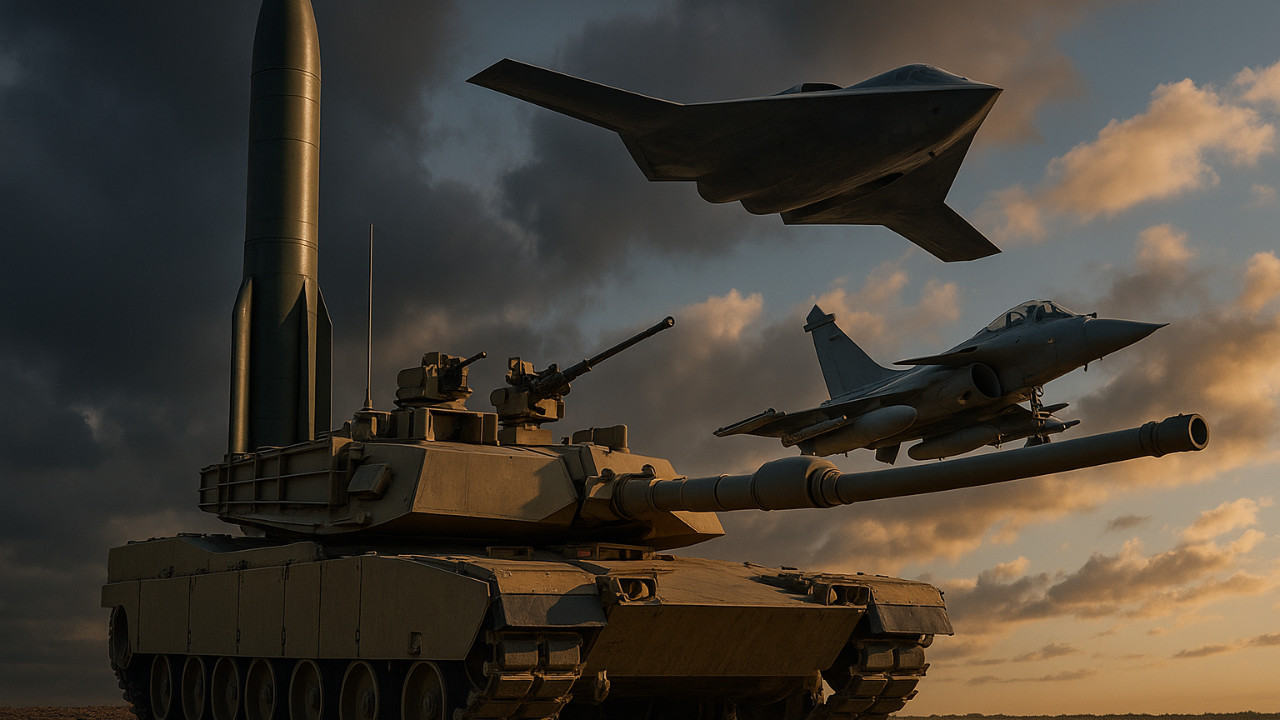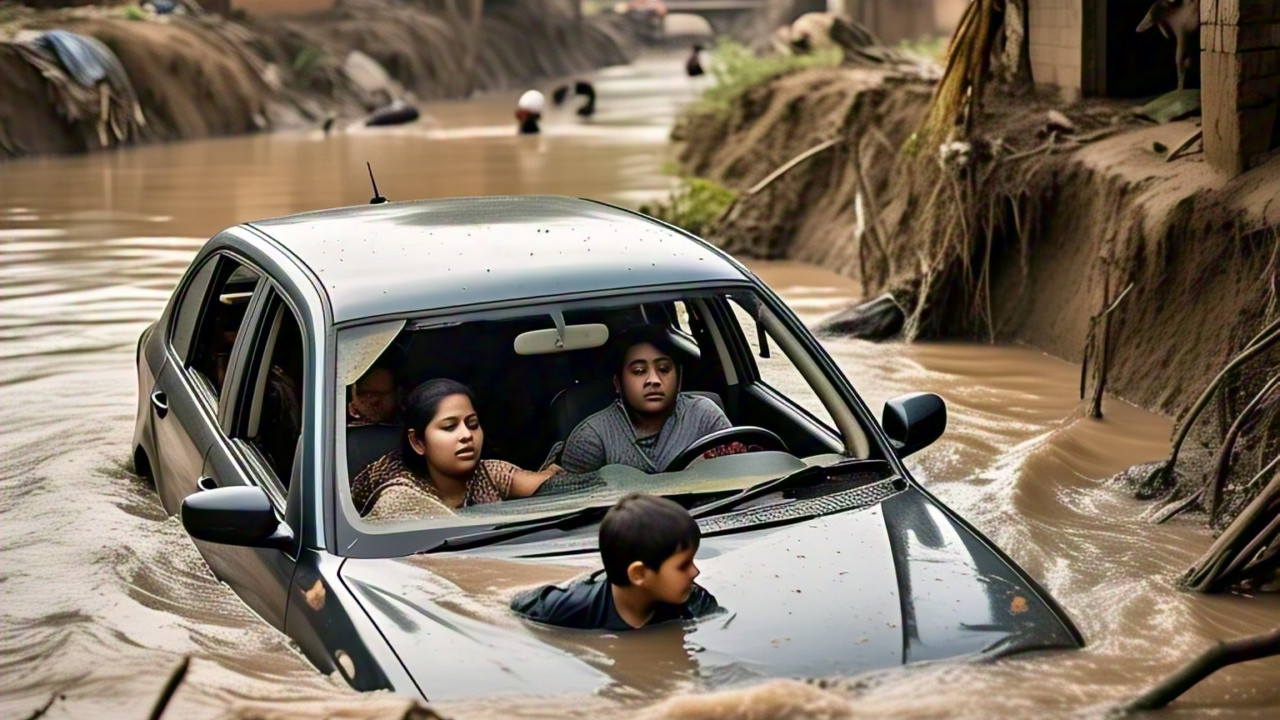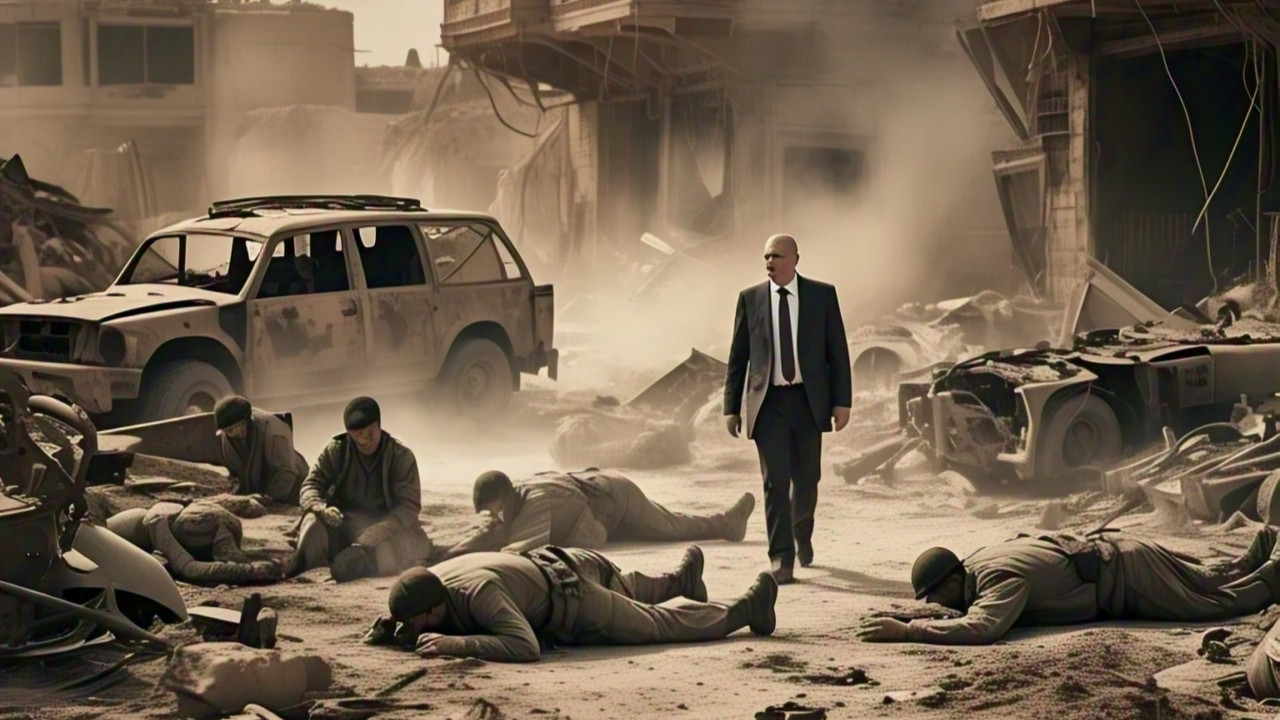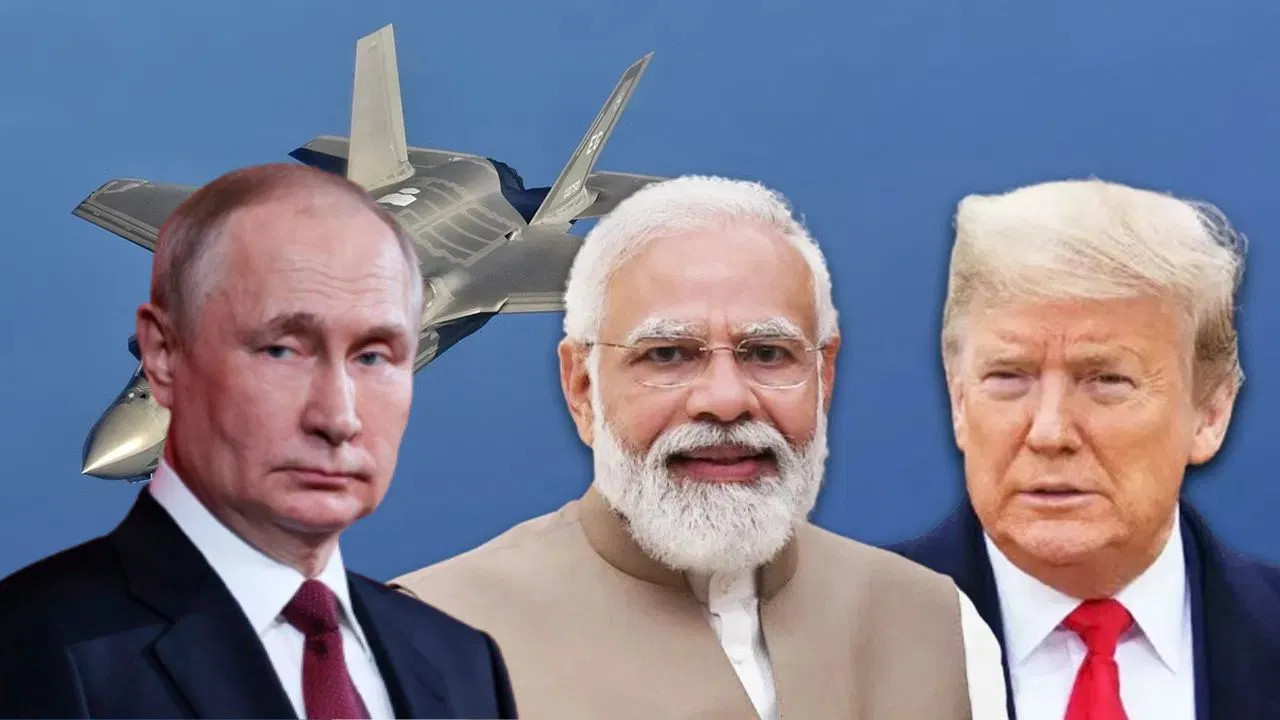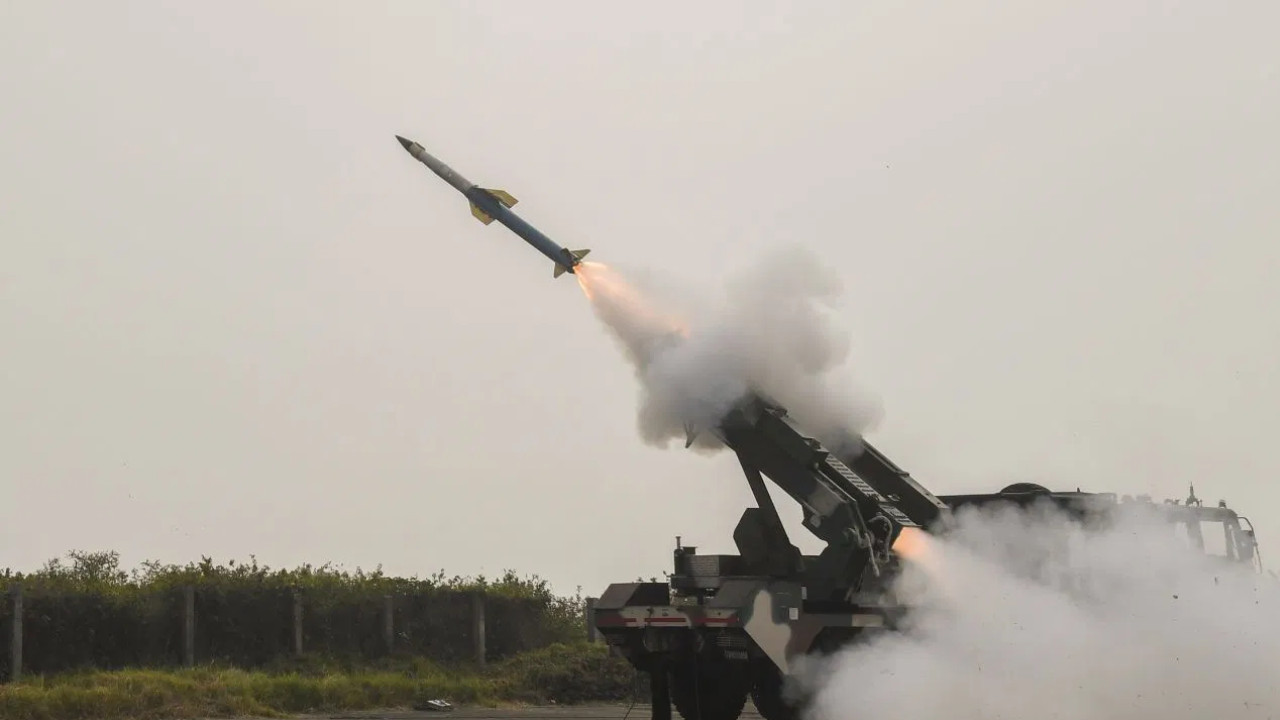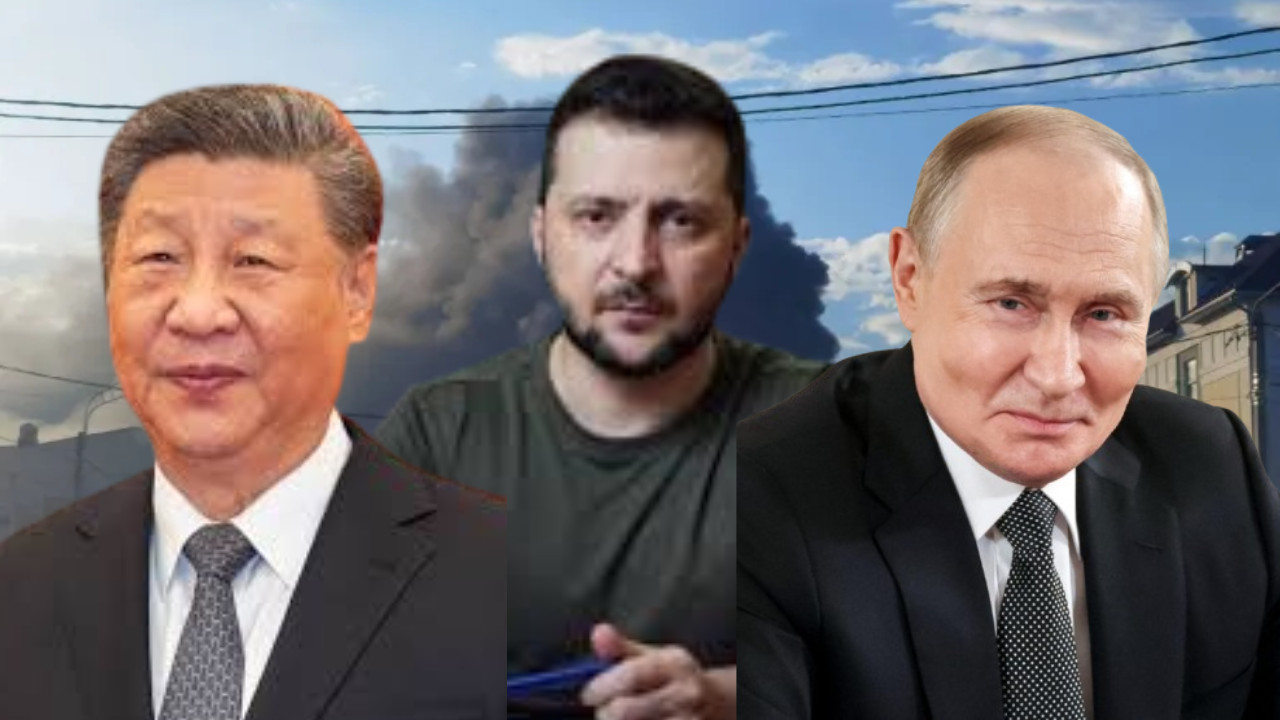As warfare evolves with the rise of advanced, long-range weapons, countries around the world are competing to develop more powerful arms than their rivals — but these weapons also bring the risk of massive destruction; in this context, let’s look at the 10 most powerful weapons shaping modern warfare today.
Deadliest in the World: Top 10 Most Powerful Weapons
1. Nuclear Weapons
Nuclear weapons top the list of the world's most powerful arms. Currently, nine countries possess nuclear weapons, including the five permanent members of the United Nations Security Council. Russia and the United States hold the largest stockpiles. A modern nuclear weapon can carry explosive power exceeding 100,000 tons of TNT, with the capability to destroy entire cities and kill hundreds of thousands of people. Nuclear weapons have only been used twice so far—on August 6 and 9, 1945, when the United States dropped atomic bombs on the Japanese cities of Hiroshima and Nagasaki during World War II.
2. Thermobaric Weapons
After nuclear weapons, thermobaric weapons are considered among the most powerful in the world. They are also known as the “Father of All Bombs.” Thermobaric weapons, or vacuum bombs, are among the most powerful non-nuclear weapons ever developed. Because of this, they have been restricted under the Geneva Conventions. These bombs use the atmosphere to amplify their explosive power many times over. When a vacuum bomb explodes, it can tear apart internal organs of those nearby and has the capability to reduce entire cities to rubble. These weapons use the surrounding oxygen to generate intense heat and are far more destructive than conventional explosives.
3. Precision-Guided Munitions (PGM)
Precision-Guided Munitions, or smart weapons, are a type of military ordnance that uses advanced guidance systems to hit specific targets with great accuracy. This minimizes collateral damage. These systems often use GPS, laser guidance, inertial navigation systems, or infrared sensors to reach their intended targets. The U.S.-developed GBU-43/B Massive Ordnance Air Blast (MOAB) bomb is a prime example of this technology.
4. Aerial Dominance
Today, the sky has become a critical battlefield, where advanced fighter jets and gunships play major roles in modern warfare. The F-35, F-22, and Su-57 are counted among the world’s most powerful fighter jets, capable of executing both air-to-air and air-to-ground attacks. Additionally, the AC-130 gunship excels in close air support and armed reconnaissance. It can fire artillery shells at ground targets from the air, enabling dominance both in the sky and on land.
5. Unmanned Aerial Vehicles (UAVs) or Drones
The rise of drones has dramatically changed the nature of warfare. The MQ-9 Reaper is a leading example of this technology and is widely used in military operations. It is equipped with Hellfire missiles and laser-guided bombs to eliminate targets. Moreover, drone swarms—groups of small drones—can evade enemy air defenses and effectively destroy targets. These drone attacks were used extensively in the Armenia-Azerbaijan conflict, the Russia-Ukraine war, and the Israel-Gaza war.
6. Anti-Armor and Anti-Personnel Weapons
These weapons are used to penetrate enemy armor. Targets can include tanks, armored personnel carriers, bulletproof vehicles, or bunkers. These weapons are capable of breaching enemy defensive structures and are used to hinder enemy mobility on the battlefield.
7. Aircraft Carriers and Submarines
Advances in military technology have also impacted naval warfare. Today, several countries operate aircraft carriers, and many more operate submarines. These weapons are not only used for attacking enemies but also for defense and maritime blockades. Aircraft carriers are often called floating cities. Submarines can remain underwater for months and carry out both offensive strikes and reconnaissance missions.
8. Hypersonic Weapons
The global arms race has led to the development of hypersonic missiles. In this domain, Russia is currently leading the world. It has developed the 3M22 Zircon missile and has tested it multiple times against Ukraine. These missiles travel at such high speeds that they cannot be intercepted by enemy air defense systems.
9. Intercontinental Ballistic Missiles (ICBMs)
ICBMs represent another pinnacle of military power. The world’s most powerful ICBMs include Russia’s RS-28 Sarmat and Yars missiles, America’s Minuteman III, China’s DF-41, and India’s Agni series.
10. Air Defence Systems
Alongside offensive weapons, countries have made significant investments in air defense systems to protect their airspace. Russia’s S-400 Triumph is considered the most powerful air defence system in the globe. Other notable systems include Russia’s S-300, the U.S. THAAD and Patriot systems, and Israel’s Arrow and Iron Dome systems.


